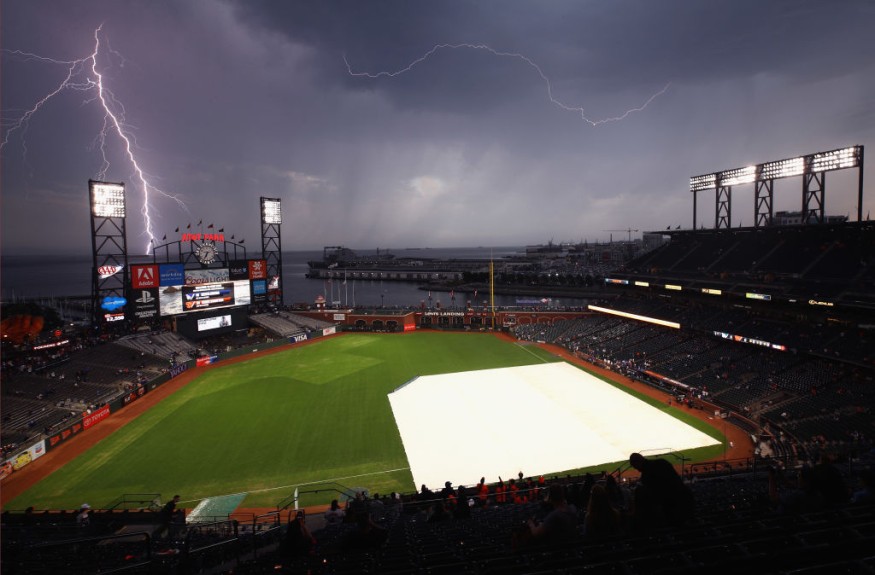
As the new year comes, a recap of last year's storms and lightning strikes detected in the US showed an increase of 14% from 2020. From the Heartland to the Northeast to the Desert Southwest and along the West Coast, most of the year was wet and stormy.
According to Vaisala Meteorologist Chris Vagasky of lightning research firm Vaisala, Finland, there were 194 million bolts in the US in 2021, an increase of 24 million from 2020. The 2021 report is Vaisala's most comprehensive lightning report to date, via intelligence from the longest continuously operating and most scientifically validated lightning detection network in the world, Vaisala's National Lightning Detection Network (NLDN), and the only truly global lightning detection network, Vaisala's GLD360.
"From record-breaking lightning in the Arctic to severe wildfire outbreaks, accurate lightning data is an essential tool to measure extreme weather related to climate change," Vaisala reported.
Lightning activity and surge in 2021
The year "2021 is a little bit closer to normal," Vagasky told AccuWeather National Reporter Bill Wadell. "That's still about 15 to 20 million lightning events lower than what we would usually see."
Vagasky added that a severe weather outbreak in spring was the biggest lightning maker of 2021. "We had tornadoes in Colorado, Texas, the Southeast, but the bulk of the activity was on May 2, which was over 4 million events, the most we've detected since 2017."
In addition, significant weather events in December also caused lightning surges. Experts say that December featured a "host of anomalous weather of 2021", including the deadliest tornado outbreak and storm in Kentucky history, record-breaking temperatures, and the first-ever "December derecho."
AccuWeather Senior Weather Editor Jesse Ferrell reported: "the county density data showing above-normal lightning activity in Michigan, Utah, Arizona, Pennsylvania, New Jersey and Connecticut roughly corresponds with record-high severe thunderstorm and tornado warnings and reports in 2021."
"Lightning Capital of the United States"
It was unclear whether Florida was unseated by Oklahoma as America's lightning capital, but the recent report findings say so after data was averaged out between 2016 and 2020. However, the Sooner State had a big drop last year and is no longer a contender according to Vagasky.
"Last year, we were talking about: 'Is Oklahoma the lightning capital or is Florida the lightning capital?' Oklahoma didn't even hit 10 million lightning events in 2020, so that was a big decline for them," he said. With this data, it looks like the Sunshine State may recover the title, but reports are still unofficial.
Meanwhile, the state of Texas garnered the most lightning strikes in 2021 with nearly 42 million lightning strikes, but could be factored by its size and location. In contrast, Alaska, being in the West where cooler air blows off the Pacific Ocean, ranked as the fewest lightning strikes per square mile at 0.52. Washington (0.78), Oregon (2.0), Hawaii (2.62) and California (2.67) round out the bottom five.
"What we hope to see continue is this lightning data will better help us understand the planet, help us understand the weather patterns that are going on and help keep people safe," Vagasky said.
© 2025 NatureWorldNews.com All rights reserved. Do not reproduce without permission.





